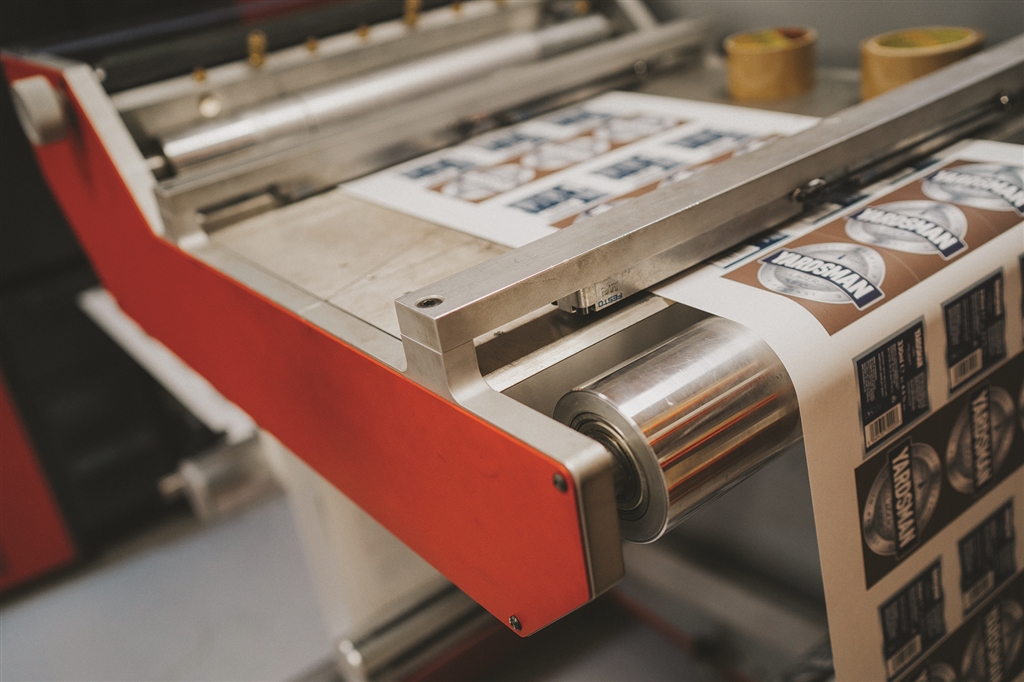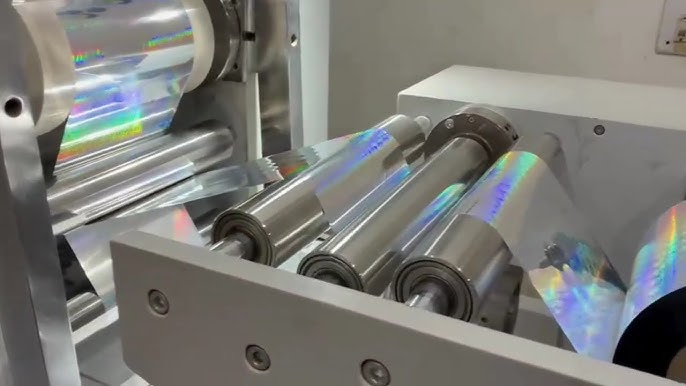In today’s fast-paced world, the distinction between counterfeit and genuine printing is crucial, especially for business professionals. Understanding this difference can safeguard your business from fraud and enhance your brand’s integrity. With an increasing number of counterfeit products flooding the market, it is essential to be well-informed about the nuances of printing authenticity.

Understanding Counterfeit Printing
Counterfeit printing refers to the unauthorized replication of printed materials, often with the intent to deceive and defraud. This includes fake currency, documents, and branded products. The rise of accessible printing technology has made it easier for counterfeiters to produce convincing replicas.
Common Types of Counterfeit Printing
- Fake currency
- Imitation branded products
- False identification documents
Identifying Genuine Printing
Genuine printing involves the production of authentic materials using authorized processes and technologies. Businesses rely on genuine printing to ensure the quality and legitimacy of their products and documents.
Characteristics of Genuine Printing
- High-quality materials
- Authorized trademarks and logos
- Secure printing techniques
Technologies Used in Genuine Printing
Genuine printing employs advanced technologies to prevent counterfeiting. These include holograms, watermarks, and special inks that are difficult to replicate without proper authorization.
Role of Security Features
Security features like holograms and watermarks play a significant role in distinguishing genuine products from counterfeit ones. These features are not only visually identifiable but also detectable by specialized equipment.
The Impact of Counterfeit Printing on Businesses
Counterfeit printing can have severe repercussions for businesses, including financial losses and damage to brand reputation. The presence of counterfeit products in the market can undermine consumer trust and lead to legal complications.
Protecting Your Business
To protect your business from counterfeit printing, it is essential to invest in secure printing technologies and regularly update your security features to stay ahead of counterfeiters.
Industry Standards and Regulations
Adhering to industry standards and regulations is crucial in preventing counterfeit printing. Organizations should stay informed about the latest guidelines and ensure their printing processes are compliant.
International Efforts Against Counterfeiting
Global efforts are underway to combat counterfeiting through international agreements and collaborations among countries to enforce stricter regulations and share intelligence.
Future of Printing and Anti-Counterfeiting
As technology evolves, so do the methods of counterfeiting. The future of printing will likely see more advanced anti-counterfeiting measures, making it increasingly difficult for counterfeiters to succeed.
Innovations in Printing
Innovations such as 3D printing and blockchain technology are expected to play a role in enhancing the security of genuine printing in the future.
The Role of Education and Awareness
Raising awareness about the differences between counterfeit and genuine printing is vital. Businesses should educate their employees and stakeholders about the risks and prevention strategies.
Training Programs
Implementing training programs can help employees identify counterfeit products and understand the significance of genuine printing in maintaining brand reputation.
Conclusion
Understanding the difference between counterfeit and genuine printing is essential for safeguarding your business and maintaining consumer trust. By investing in secure printing technologies and staying informed about industry standards, businesses can protect themselves from the risks of counterfeiting.

FAQs
What are the risks of using counterfeit products?
Using counterfeit products can lead to financial loss, legal issues, and damage to brand reputation.
How can I identify genuine printing?
Genuine printing can be identified by its high-quality materials, authorized trademarks, and security features like holograms and watermarks.
What measures can businesses take to prevent counterfeiting?
Businesses can prevent counterfeiting by investing in secure printing technologies, regularly updating security features, and educating employees about counterfeit identification.
For additional resources, visit Security Printing.
You can explore more about sustainable printing practices at Sustainable Zine Creation and Green Printing Paper Options.
This article contains affiliate links. We may earn a commission at no extra cost to you.






